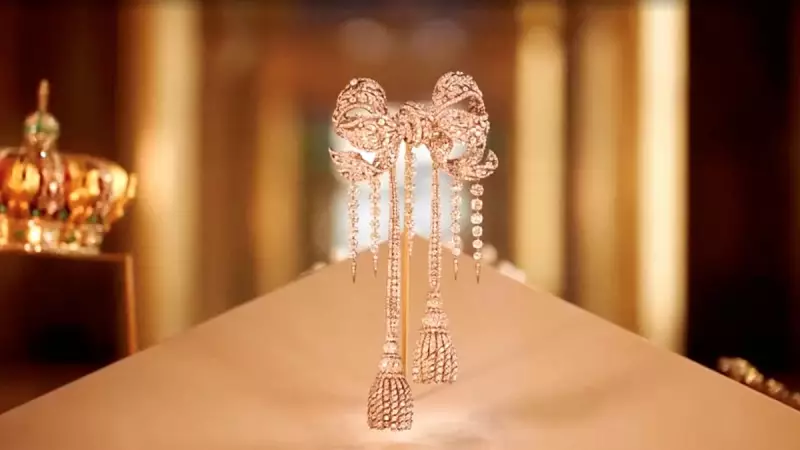
In a stunning revelation that has rocked the art world, the Louvre Museum faces one of its most baffling mysteries in recent history – the disappearance of precious 19th-century jewels once belonging to Napoleon III, valued at a staggering ₹88 million.
The Imperial Collection That Vanished
The missing treasures include exquisite pieces from the French imperial collection, specifically a diamond-and-sapphire necklace and matching earrings commissioned by Emperor Napoleon III for his wife, Empress Eugénie. These aren't just ordinary jewels; they represent a crucial period in French history and craftsmanship.
What makes this disappearance particularly intriguing:
- The jewels were last officially documented in the Louvre's collection during the 1970s
- No theft was ever reported to French authorities
- Museum records show conflicting information about their whereabouts
- The pieces simply vanished from public view without explanation
The Investigation Unfolds
French art detective Arthur Brand, known for recovering numerous stolen masterpieces, has taken up the case. His investigation reveals a complex web of missing documentation and puzzling gaps in the Louvre's inventory system.
"This isn't just about missing jewels," Brand explains. "It's about understanding how such significant pieces could disappear from one of the world's most secure museums without triggering immediate alarms."
Possible Scenarios Behind the Disappearance
- Internal Mishandling: The jewels might have been misplaced during cataloguing or storage reorganization
- Unauthorized Loan: Possibly lent to another institution without proper documentation
- Theft by Insiders: The most troubling possibility – someone with museum access might have taken them
- Documentation Errors: Simply misfiled under different categories or descriptions
The Historical Significance
These jewels represent more than monetary value. They embody the Second French Empire's opulence and Napoleon III's efforts to restore imperial grandeur. The diamond-and-sapphire set was particularly significant, as sapphires were Empress Eugénie's favorite gemstone.
The current situation raises critical questions about museum security protocols:
- How do world-class institutions track their most valuable pieces?
- What safeguards prevent internal mishandling of priceless artifacts?
- Could similar disappearances have occurred in other major museums?
Hope for Recovery?
Despite the decades that have passed, art recovery experts remain cautiously optimistic. Historical jewels of this significance are difficult to sell on the open market, making private collection or hidden storage the most likely scenarios.
The French Ministry of Culture has initiated a comprehensive audit of national museum collections, hoping to prevent similar mysteries in the future. Meanwhile, the search for Napoleon III's jewels continues, reminding us that even the most secure institutions aren't immune to mysterious disappearances.
As the investigation unfolds, the art world watches closely, wondering if these imperial treasures will ever glitter again in their rightful home among France's most precious historical artifacts.





